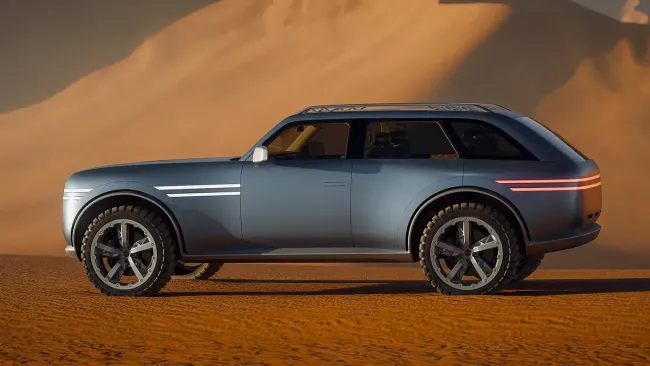The Chassis
The design philosophy that went into the car is known as "LifeDrive" architecture, according to BMW, and it is a two-sided design that consists of the body and the drivetrain. The LifeDrive concept primarily consists of two distinct, independent working units, as opposed to traditional cars, which have a self-supporting body.
The "Drive" module unifies the suspension, battery, drive system, structural, and crash functions of the vehicle into a primarily aluminum-built structure. While its partner, the "Life" module, largely comprises of a carbon fiber-reinforced plastic passenger cell that is exceptionally strong and light (CFRP).
The body of the BMW i8 is surprisingly light because to the usage of this advanced material throughout major portions of the vehicle, which enhances both range and performance.
 An "energy tunnel" that contains the high-voltage battery connects the combustion engine at the back with the electric motor in the front axle module. As a result, the car has a low centre of gravity and all of the associated dynamic advantages.
An "energy tunnel" that contains the high-voltage battery connects the combustion engine at the back with the electric motor in the front axle module. As a result, the car has a low centre of gravity and all of the associated dynamic advantages.
An ideal 50/50 weight distribution is also achieved by placing the electric motor and engine over their respective axles and by packing all of the parts efficiently and with balance.
Also, the axles are made to provide the best handling characteristics possible in line with the car's sporty style. By eliminating any drive forces that may otherwise impair the steering and resulting in optimum handling, the multi-link front axle creates an extraordinarily flat and aerodynamically effective shape.
It has classic BMW dynamic external characteristics with inflated guards, short overhangs, and a hunched-down attitude. Although the glass doors are a little over the top, we particularly enjoy the wave that passes through the BMW i8. The i8 Concept has two U-shaped options for its fully LED headlamps.
 Inside, there is more of an emphasis on the driver, a race-car-like feel, and plenty of carbon fibre and aluminium trim.
Inside, there is more of an emphasis on the driver, a race-car-like feel, and plenty of carbon fibre and aluminium trim.
The Drivetrain
An electric motor and a three-cylinder petrol turbocharger work together to provide power for the i8.
The three-cylinder petrol engine in the new i8 has a 1.5-liter displacement and is rated at 220 horsepower and 221 pound-feet of torque. It is the same motor found in the i3 minicar, although it has a lower horsepower rating of 131.
The i8's advanced drivetrain will enable it to quickly attain an electronically limited top speed of 155 mph and accelerate it from 0 to 60 mph in less than 5.0 seconds.
Intelligent driving technologies ensure optimal energy recovery without sacrificing dynamics and stability based on traction situations and driving conditions. This provides very high levels of energy recuperation even in the wet or in snow.
The 2+2 seater i8 will be able to drive up to 20 miles on electric power alone thanks to its lithium-ion battery, which can be charged from a home power supply in about two hours. If full performance is used, however, this distance will be significantly reduced.

The Conclusion
At a BMW plant in Leipzig, Germany, production began in the middle of 2013, and sales began early in 2014. As the company's flagship model, the price will not be low; preliminary estimates it to be around the $200,000 mark. Yet, considering its anticipated rivals and cutting-edge plug-in hybrid drivetrain, this is not unexpected.
Let us know your thoughts in the comments.
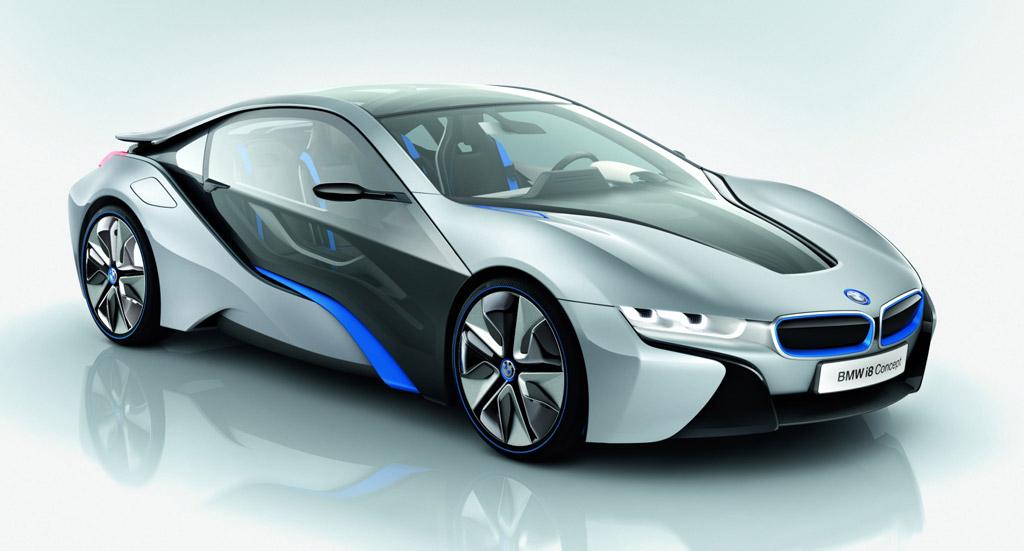
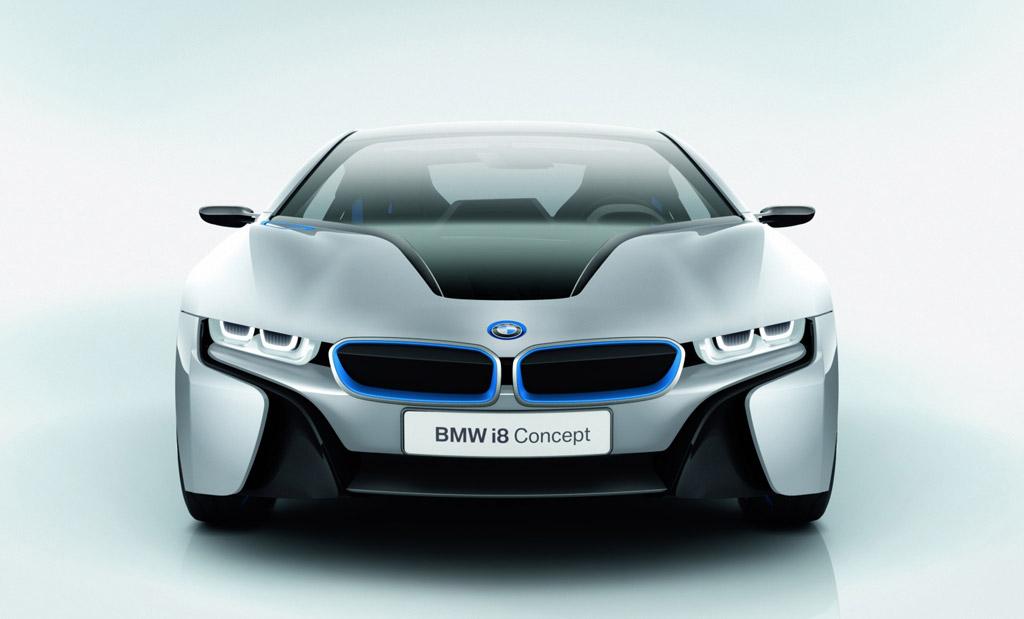
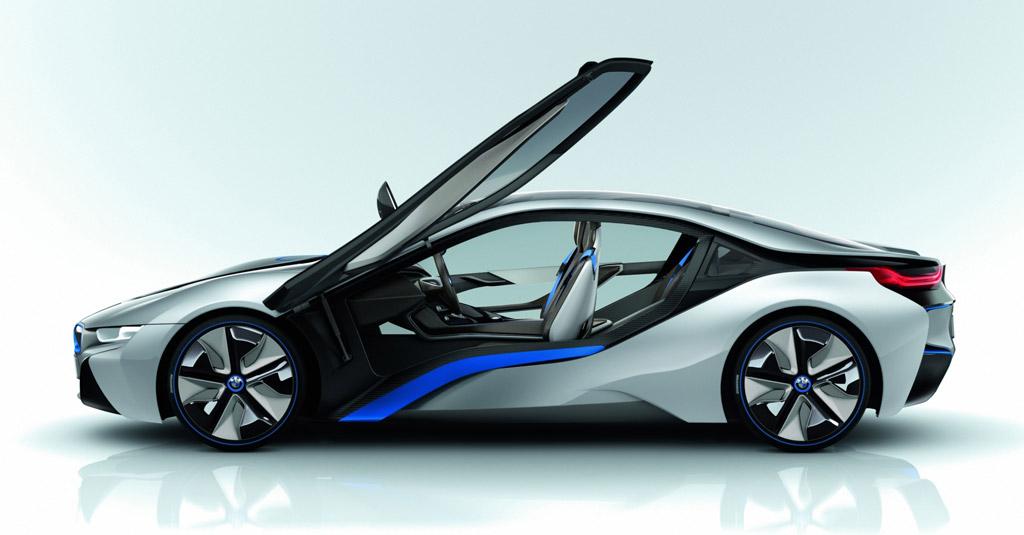
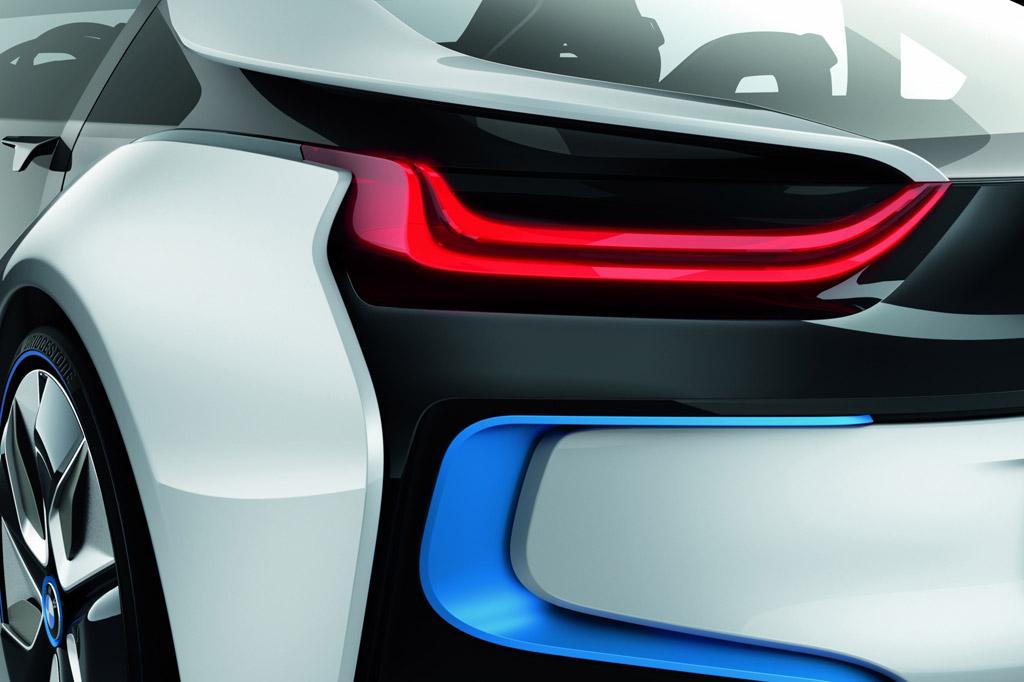
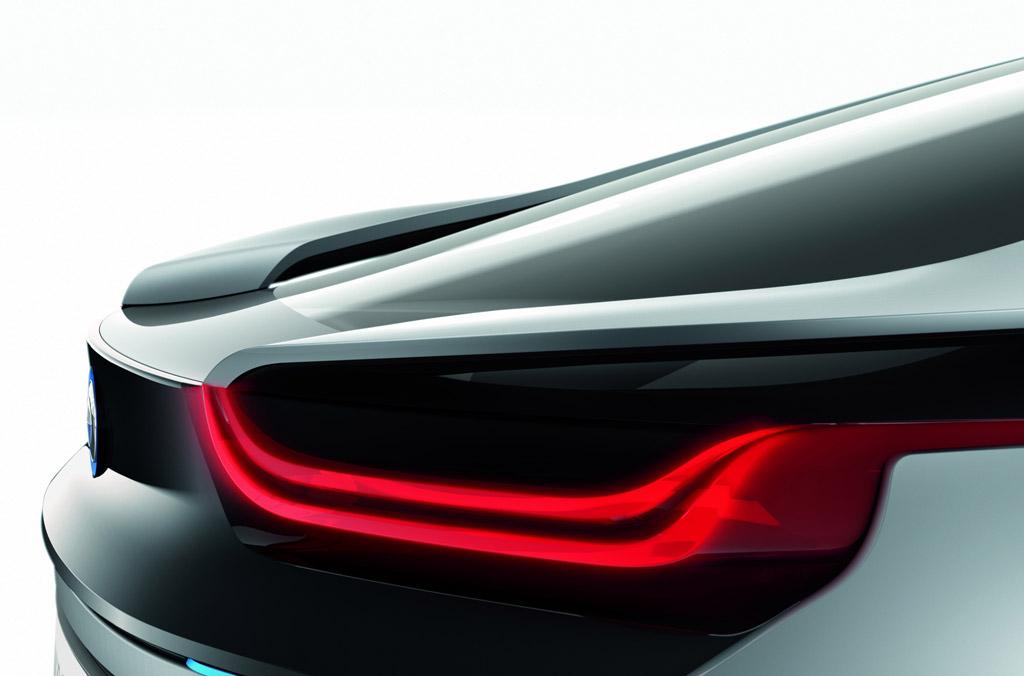
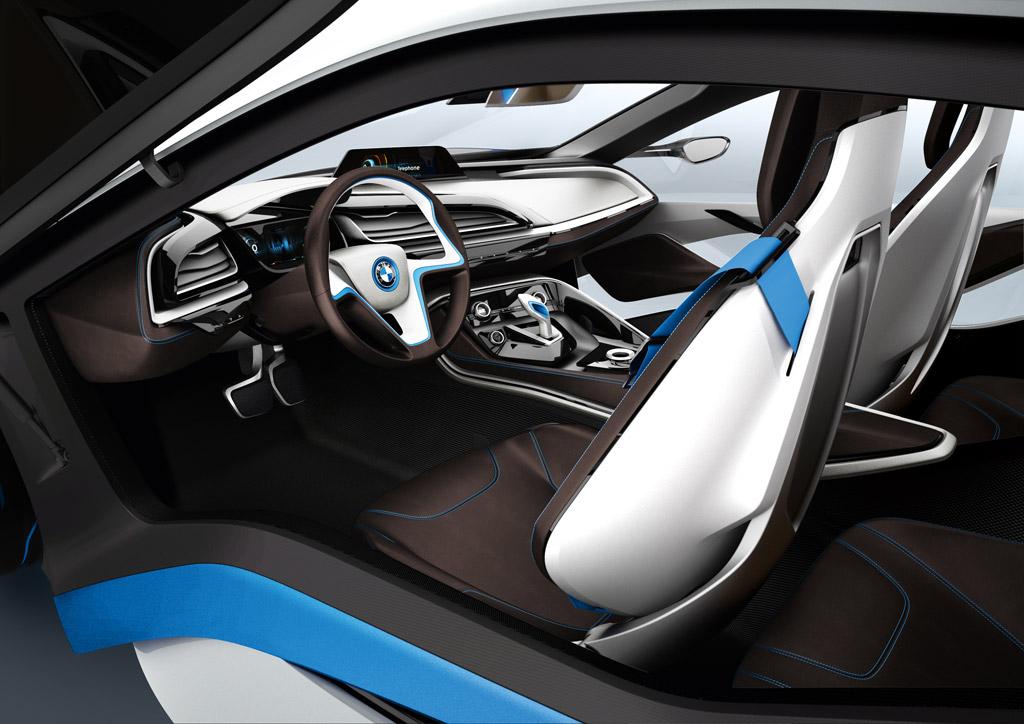
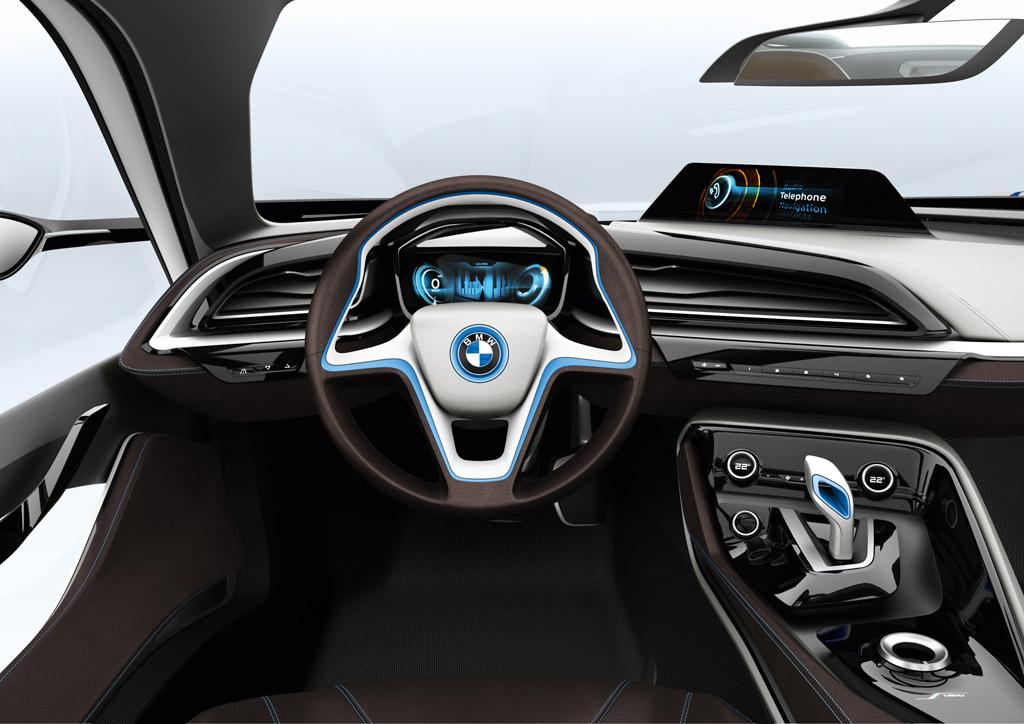
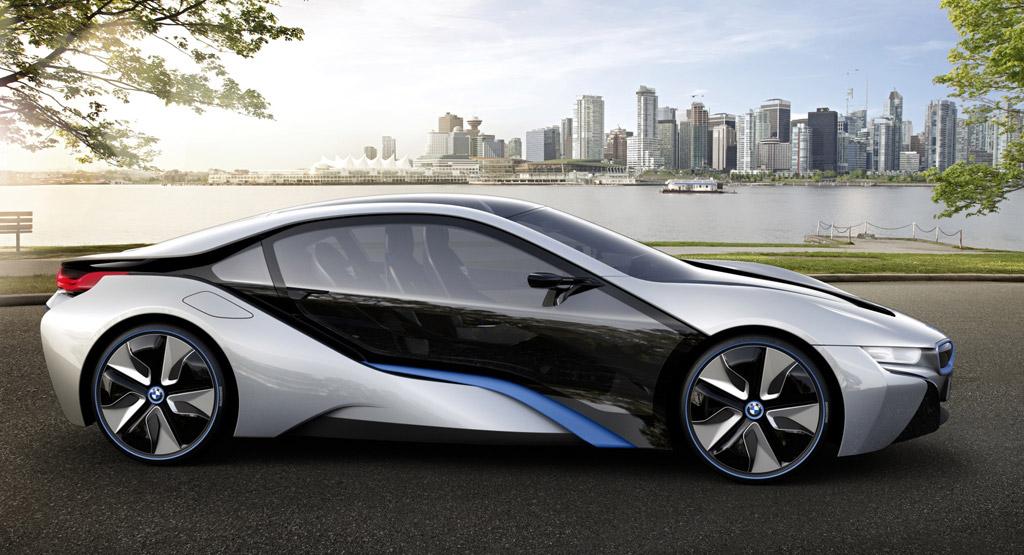
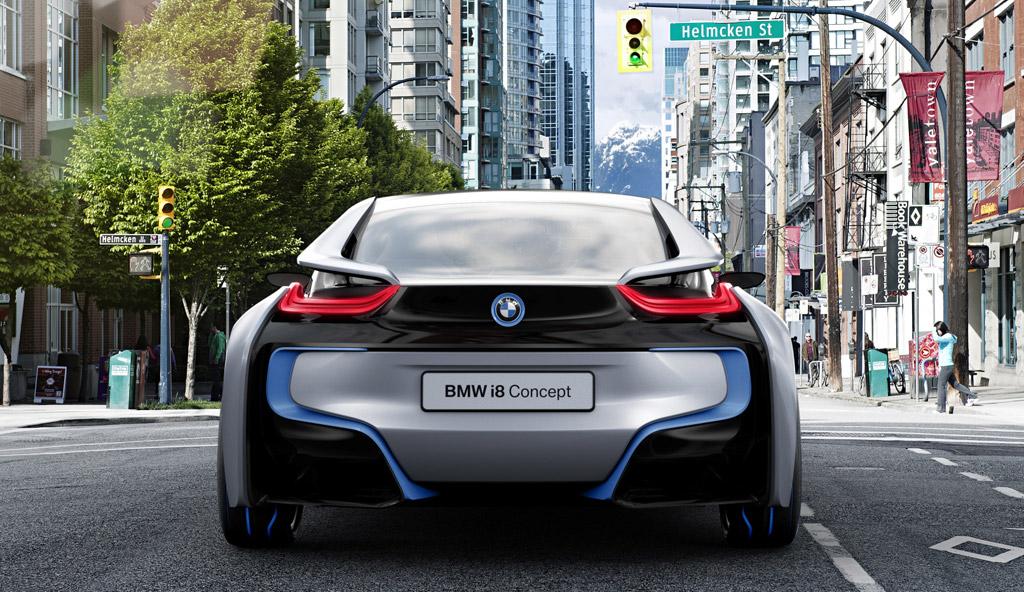
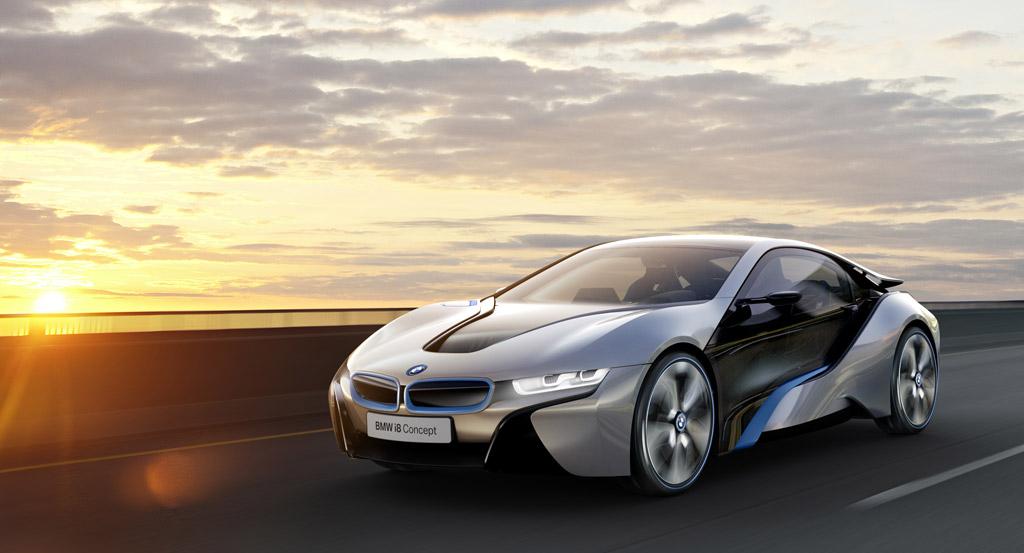
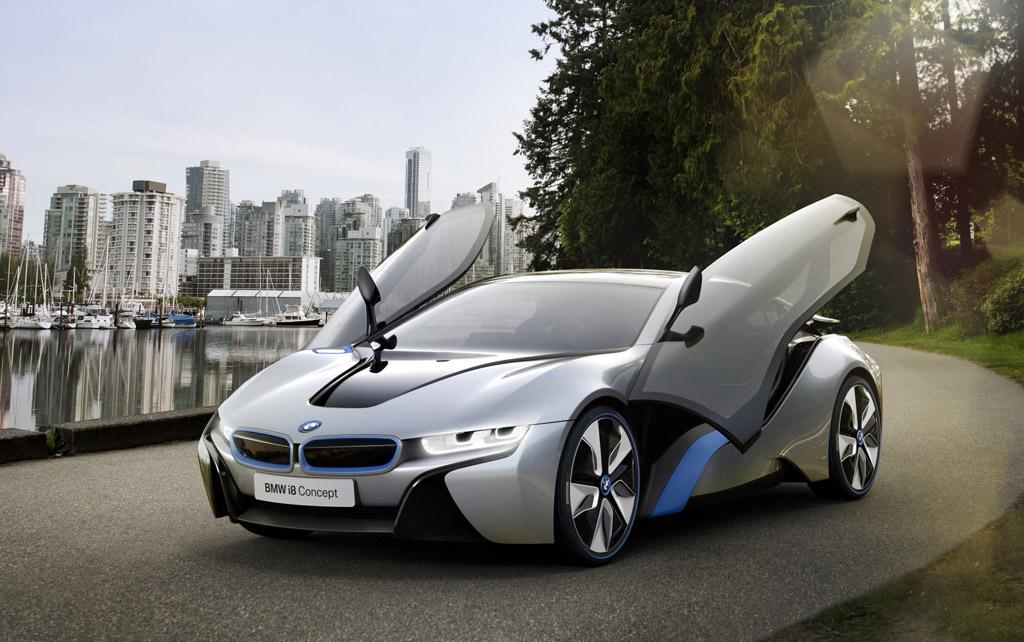
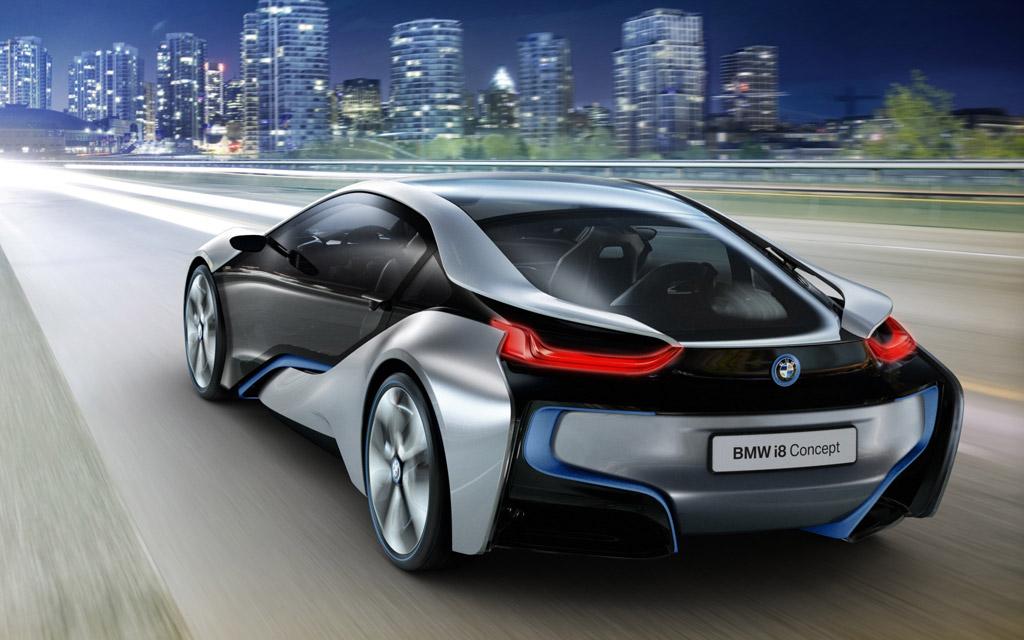



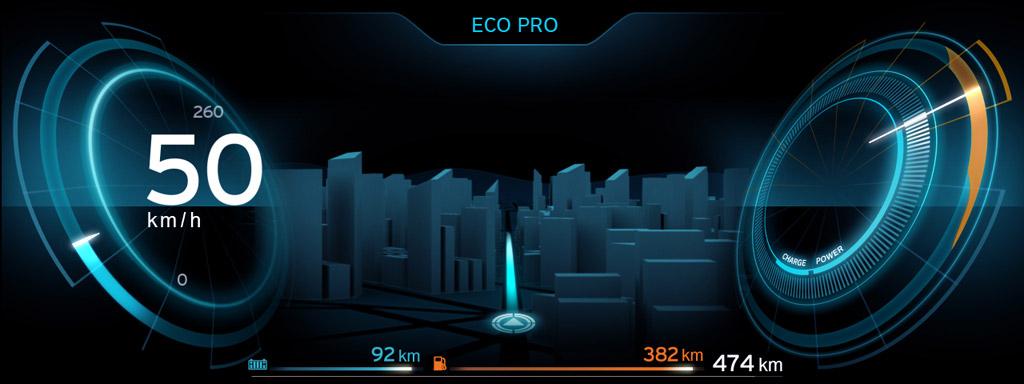

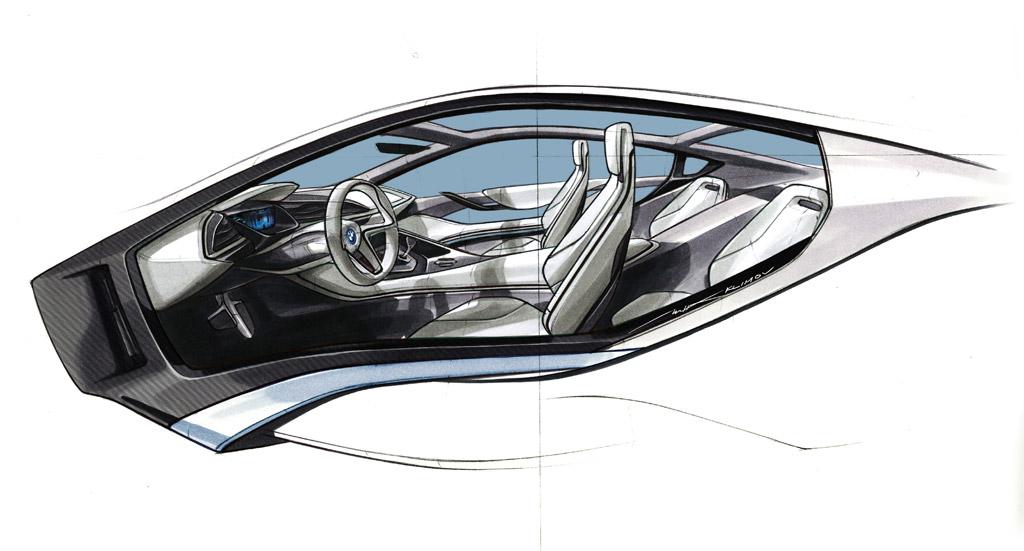
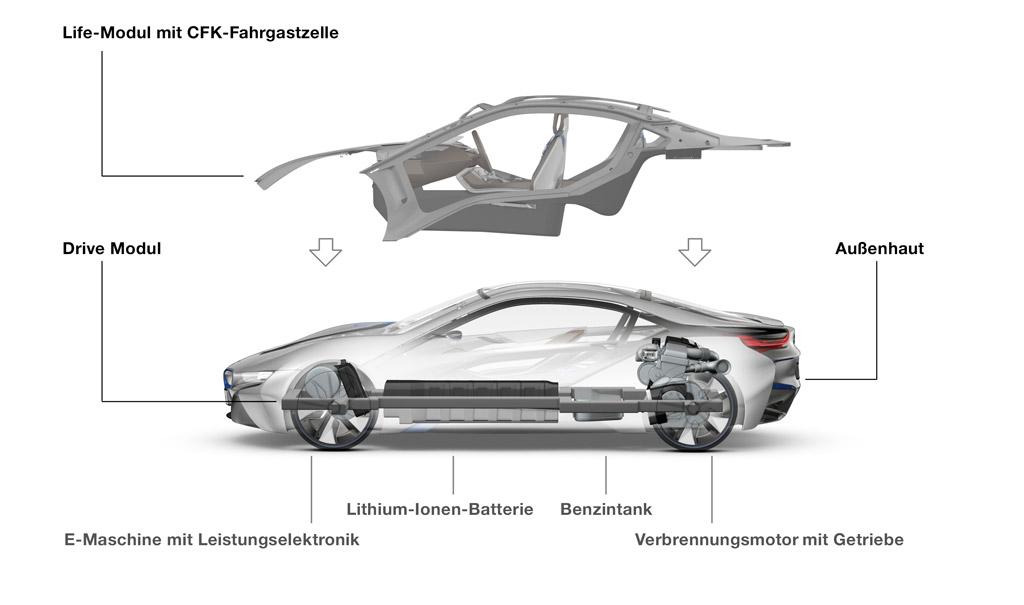
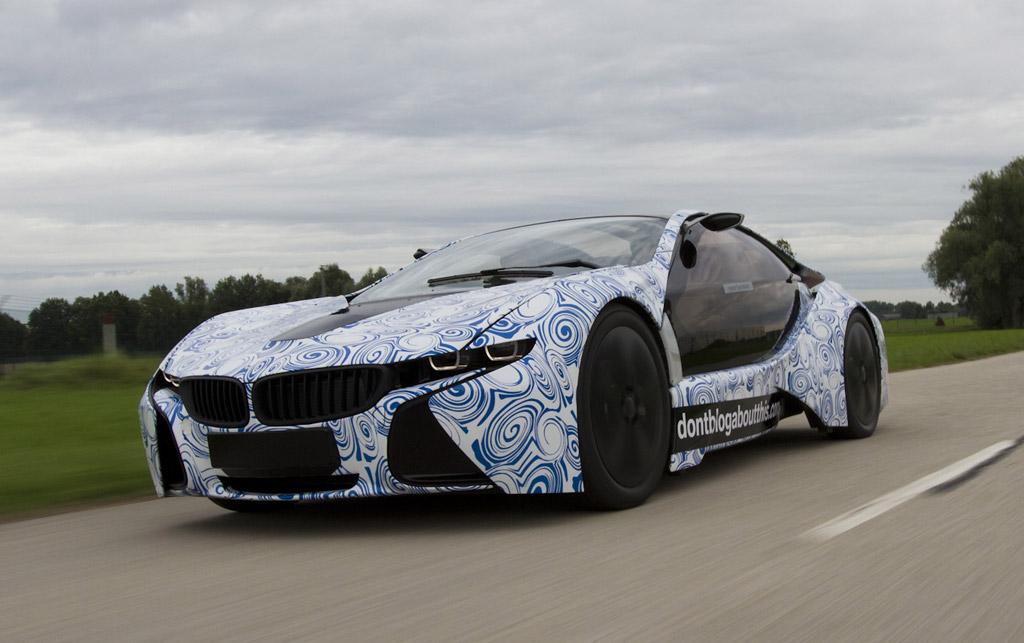
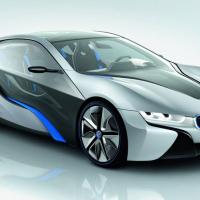
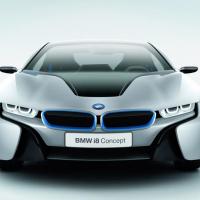
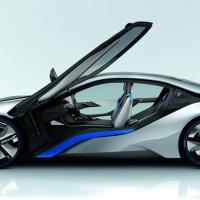
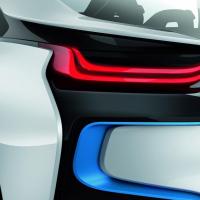
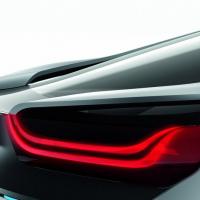
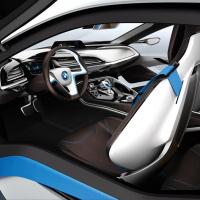
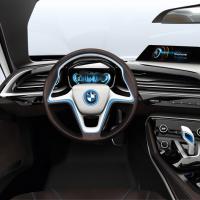
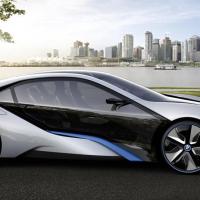
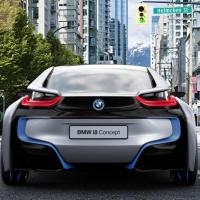
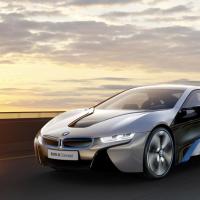
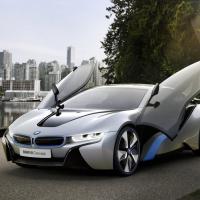
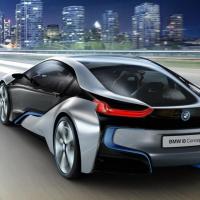
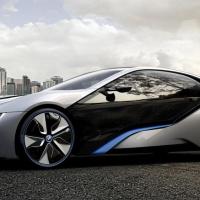
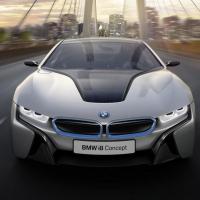
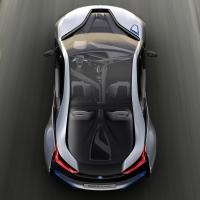
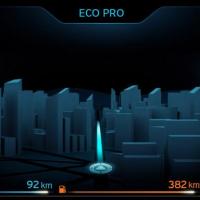
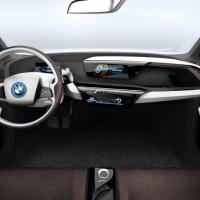
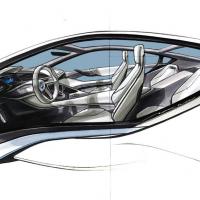
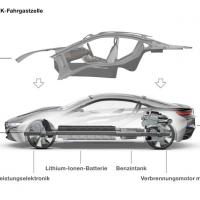
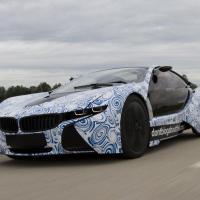
 An "energy tunnel" that contains the high-voltage battery connects the combustion engine at the back with the electric motor in the front axle module. As a result, the car has a low centre of gravity and all of the associated dynamic advantages.
An "energy tunnel" that contains the high-voltage battery connects the combustion engine at the back with the electric motor in the front axle module. As a result, the car has a low centre of gravity and all of the associated dynamic advantages. Inside, there is more of an emphasis on the driver, a race-car-like feel, and plenty of carbon fibre and aluminium trim.
Inside, there is more of an emphasis on the driver, a race-car-like feel, and plenty of carbon fibre and aluminium trim.
